Reference Library
Elevated Organic Acid Concentrations: Filamentous bulking from many recognized filamentous bacteria morphotypes is correlated with elevated concentrations of low molecular weight organic acids. Generally, >80 mg/L of volatile acids is a recognized cause for selection of these filaments. Organic acids may be naturally occurring in many industrial wastes and septage or may be formed in areas of septicity/fermentation (i.e., collection systems, lift stations, eq basins, primary clarifiers).
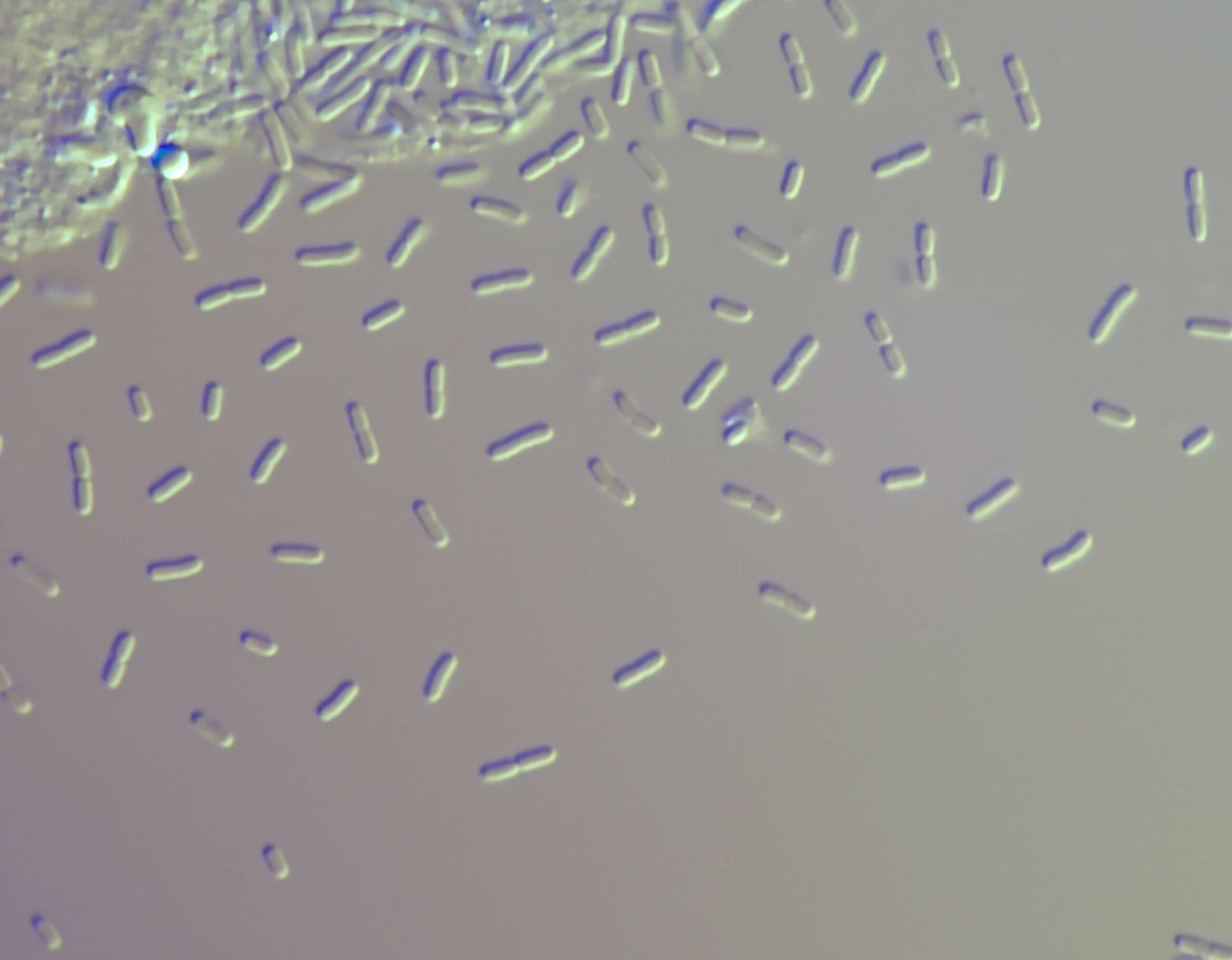

Shape:
Septa:
Sulfur Granules:
Sheath:
Branching:
Description
Rod shaped. Grow outside of the floc (or sometimes near the floc edges) and correlated with organic acid substrate and/or microaerophilic conditions.
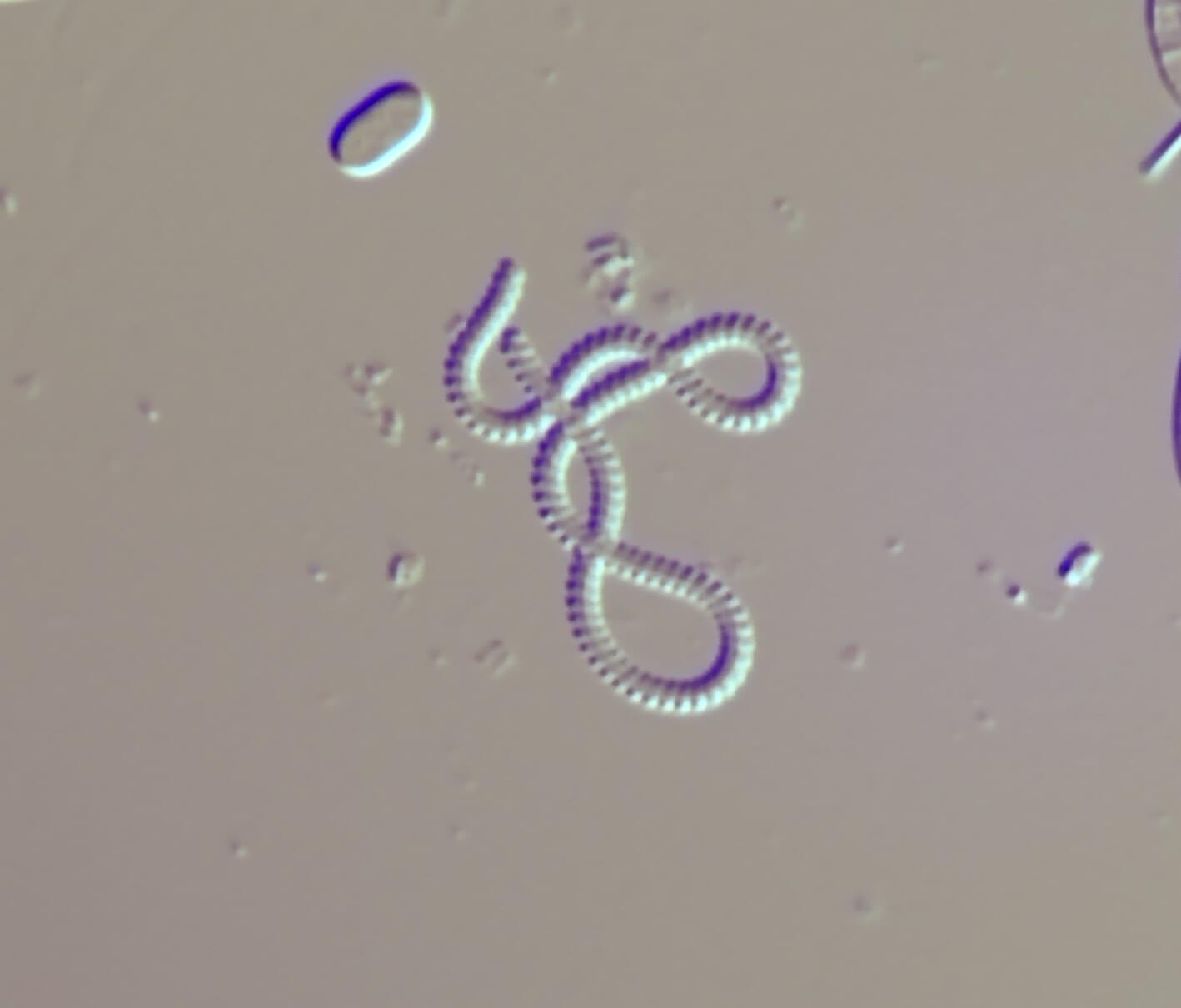

Shape:
Septa:
Sulfur Granules:
Sheath:
Branching:
Description
“Cork-screw-like” and motile. Grow outside of the floc and correlated with organic acid substrate and/or microaerophilic conditions.
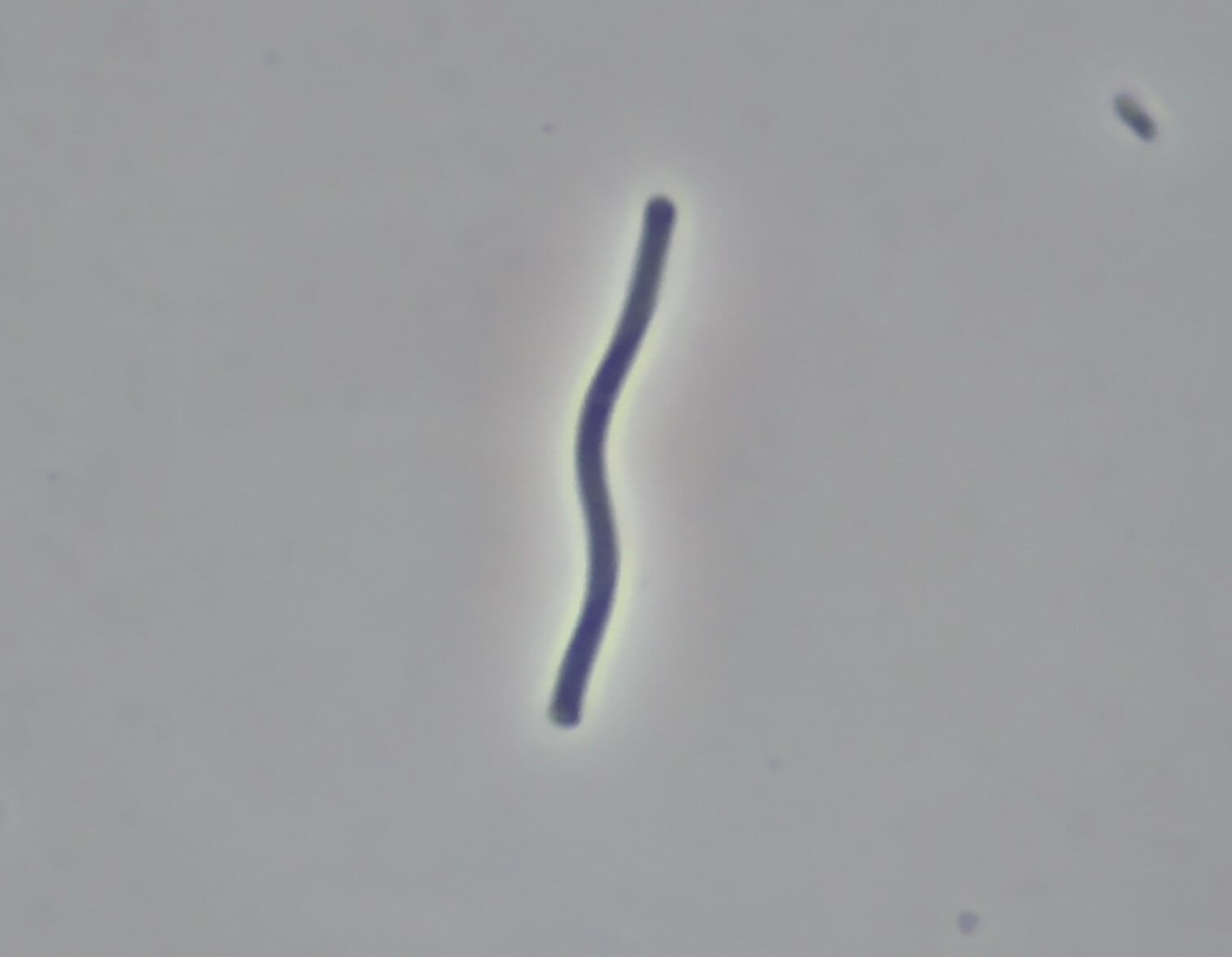

Shape:
Septa:
Sulfur Granules:
Sheath:
Branching:
Description
Small and slightly curved structure. Grow outside of the floc and correlated with organic acid substrate and/or microaerophilic conditions.
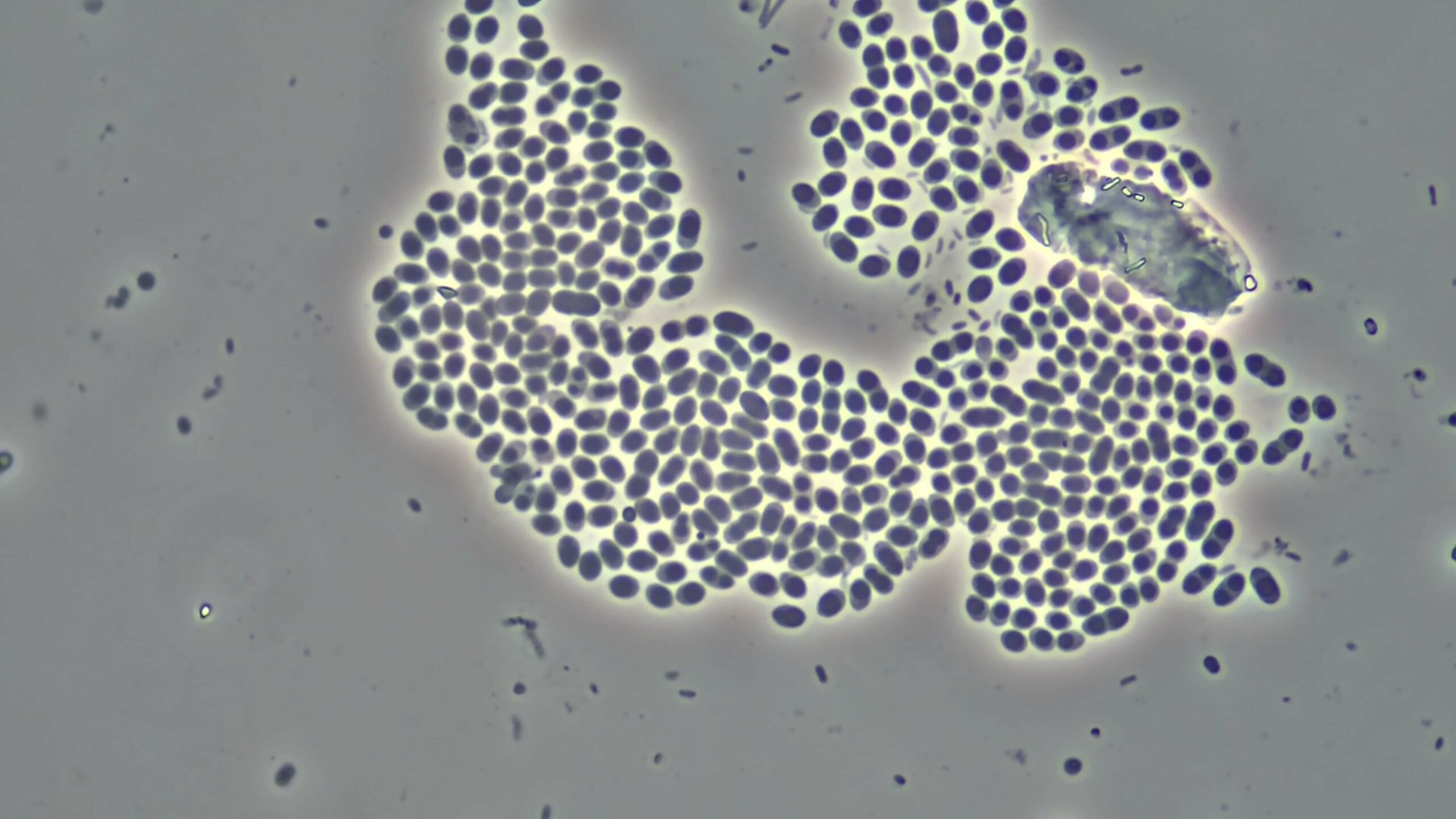

Shape:
Septa:
Sulfur Granules:
Sheath:
Branching:
Description
Associated with organic acid substrate. Generally, occur when there are high bacterial growth rates in the Initial Contact Zone (first 15-30 minutes) of the aeration basin.
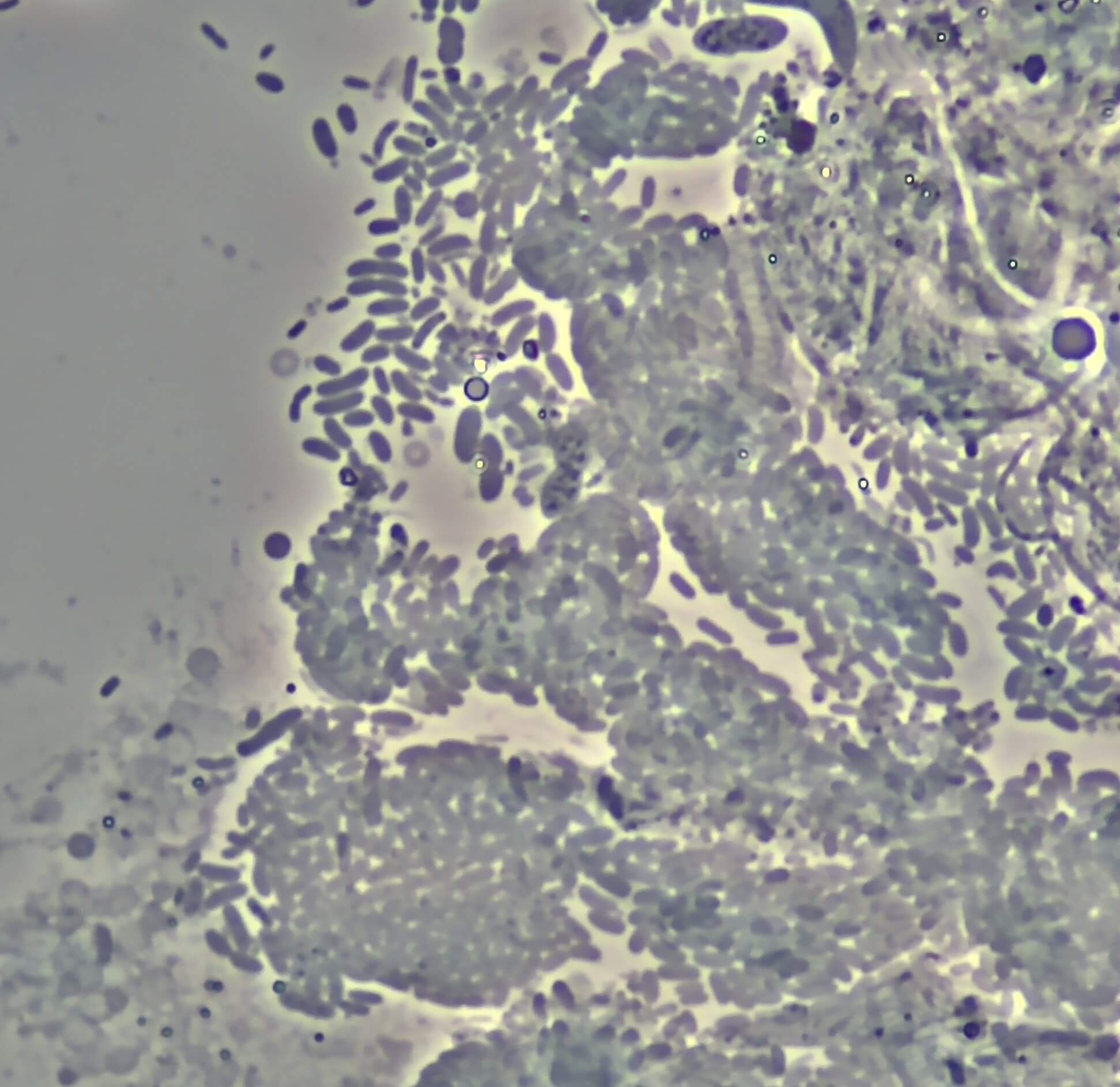

Shape:
Septa:
Sulfur Granules:
Sheath:
Branching:
Description
Associated with organic acid substrate. Generally, occur when there are high bacterial growth rates in the Initial Contact Zone (first 15-30 minutes) of the aeration basin.
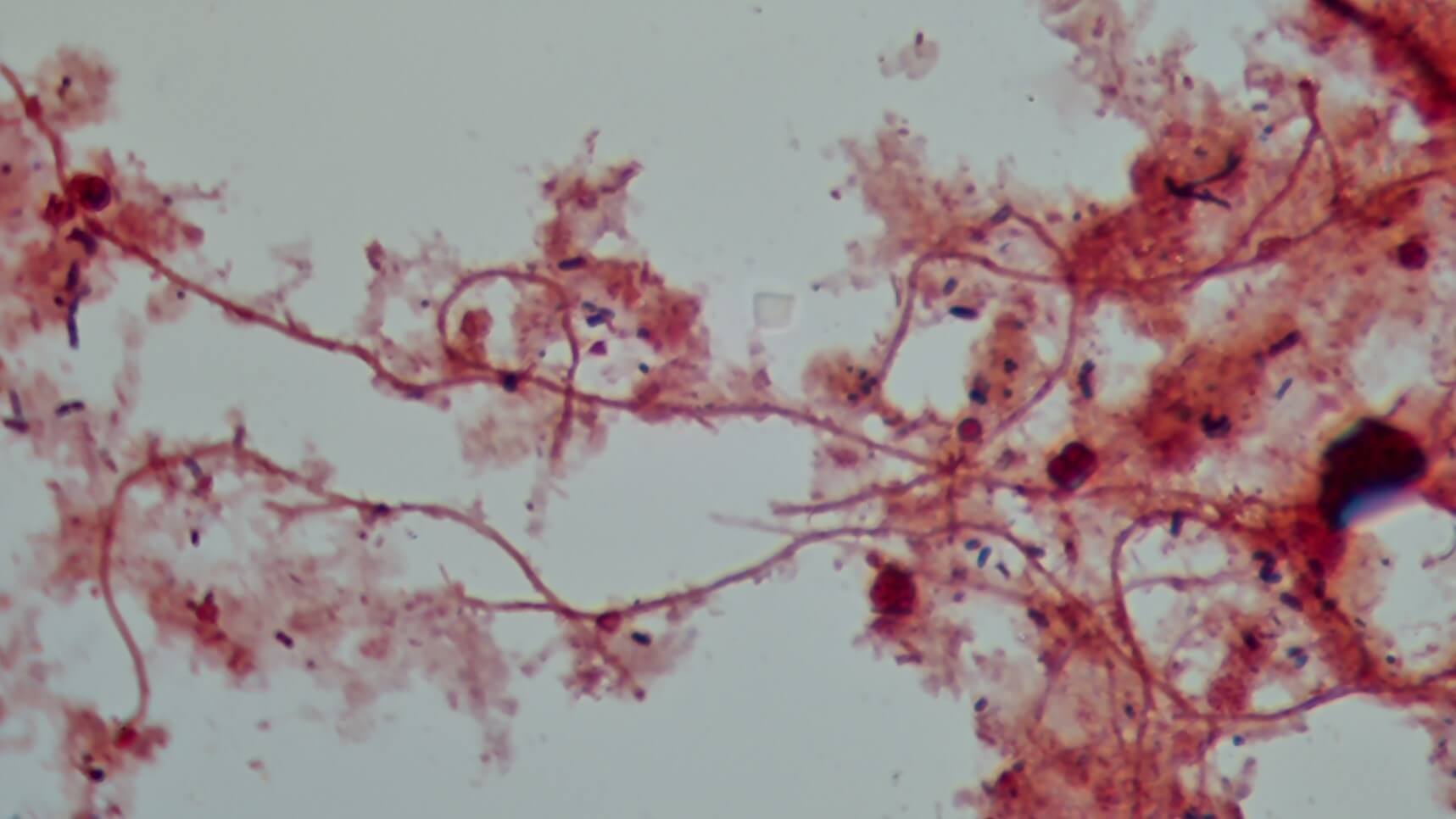

Shape:
Septa:
Sulfur Granules:
Sheath:
Branching:
Description
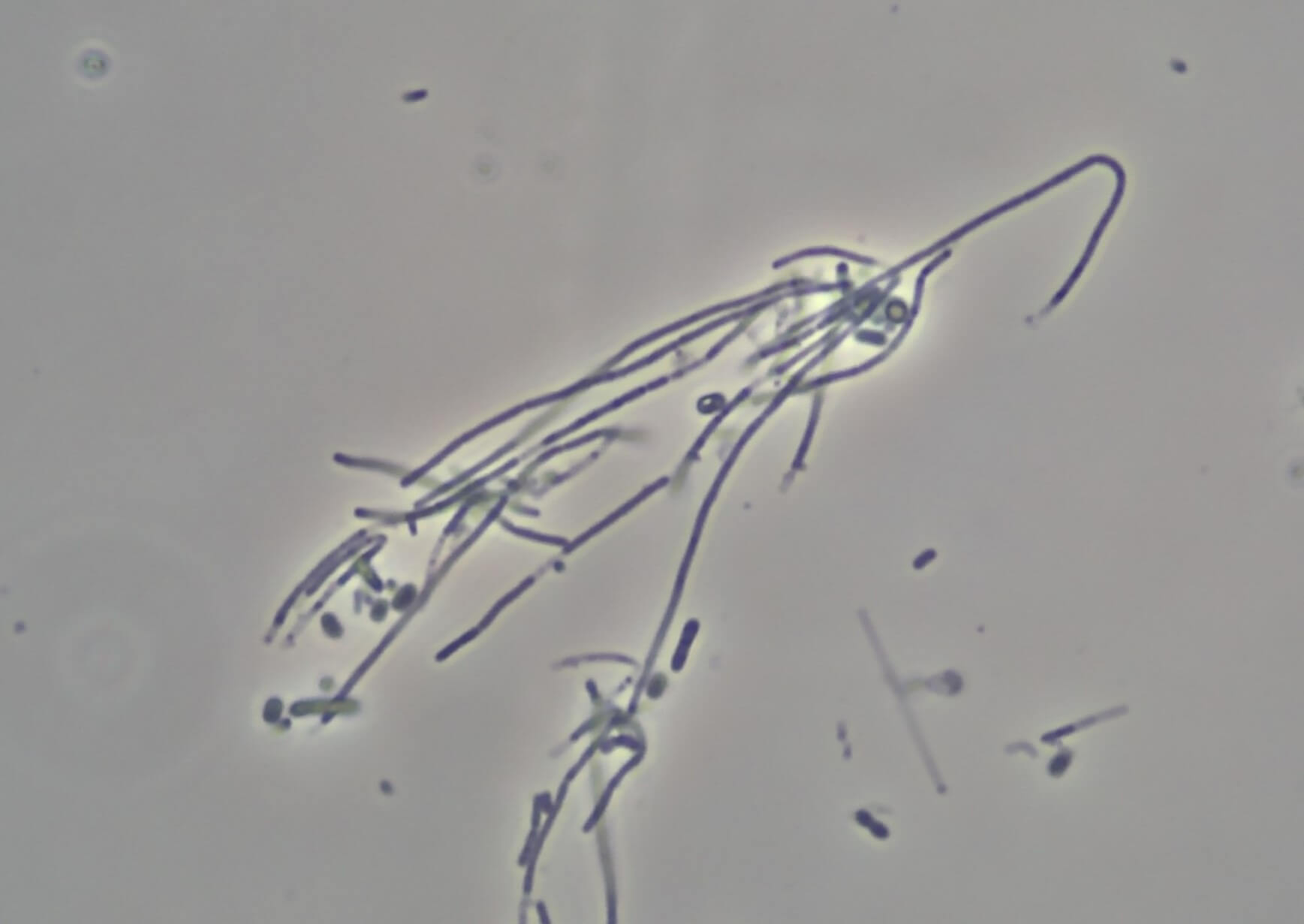

Shape:
Septa:
Sulfur Granules:
Sheath:
Branching:
Description
Grows dispersed. “Thin and crooked”.
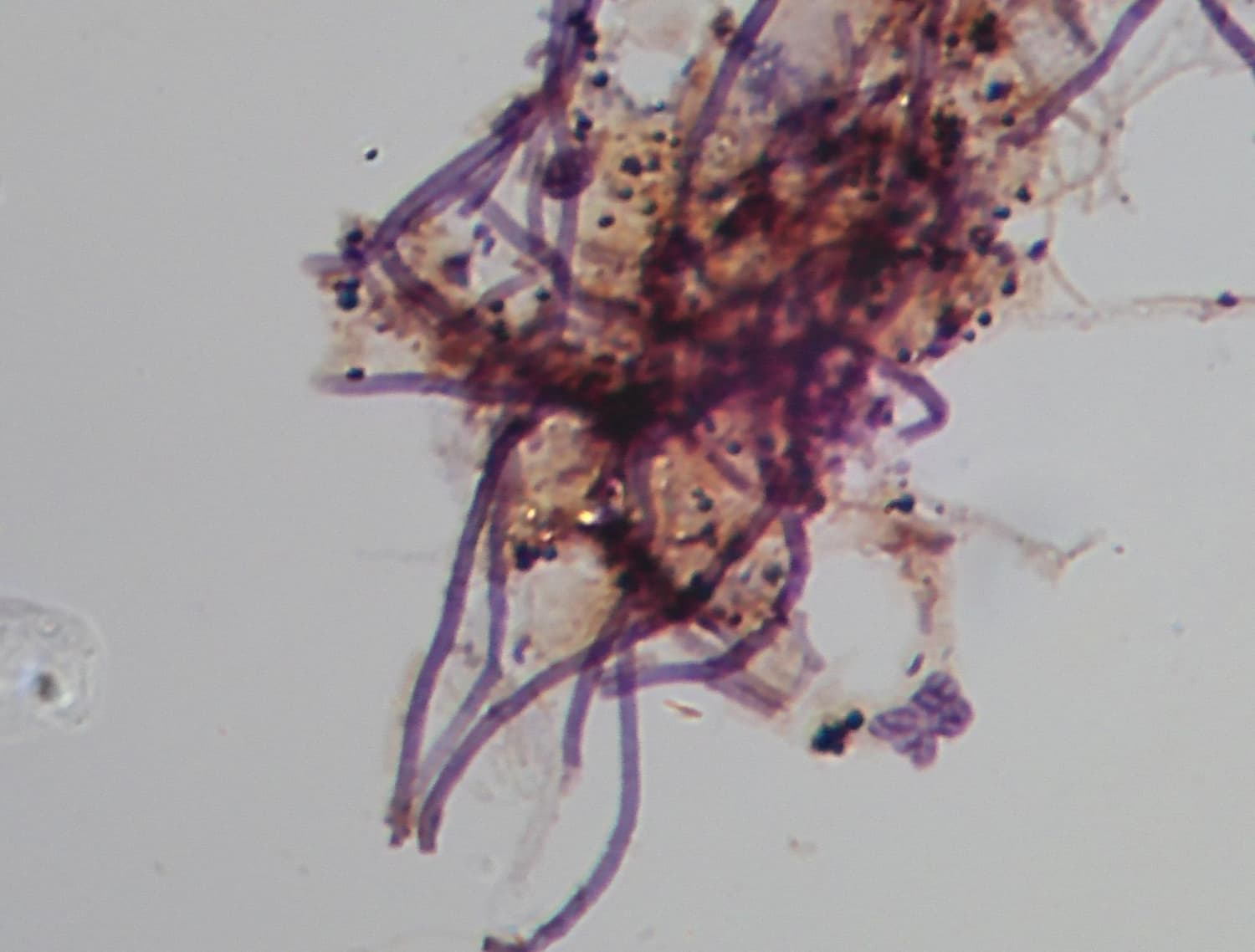

Shape:
Septa:
Sulfur Granules:
Sheath:
Branching:
Description
Neisser positive. Need Neisser stain to ID. Often difficult to see at phase contrast. Common to not see individual cells.


Shape:
Septa:
Sulfur Granules:
Sheath:
Branching:
Description
Transparent/ "lighter" appearance.
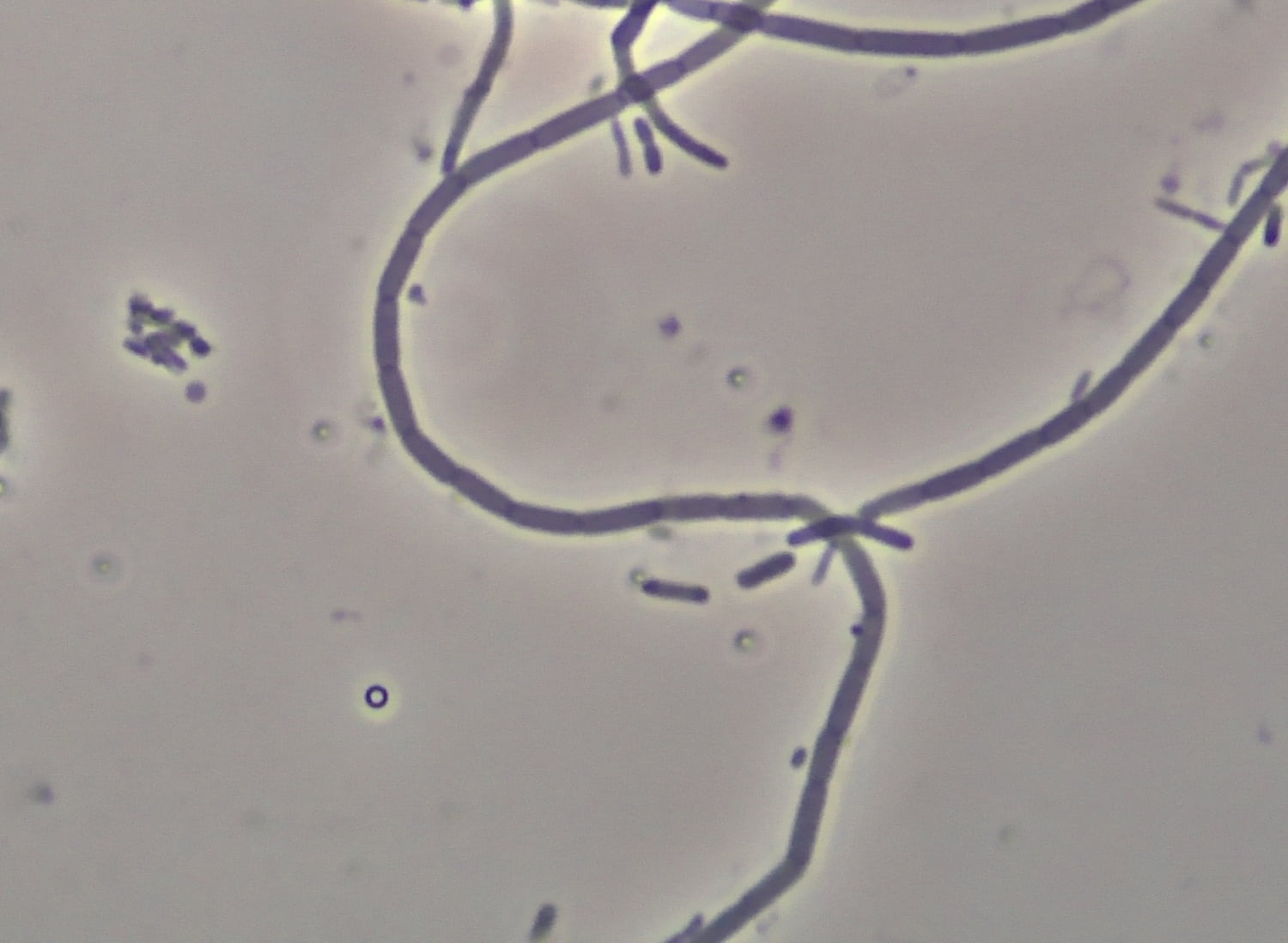

Shape:
Septa:
Sulfur Granules:
Sheath:
Branching:
Description
"Elongated rods/ long sausage links"
